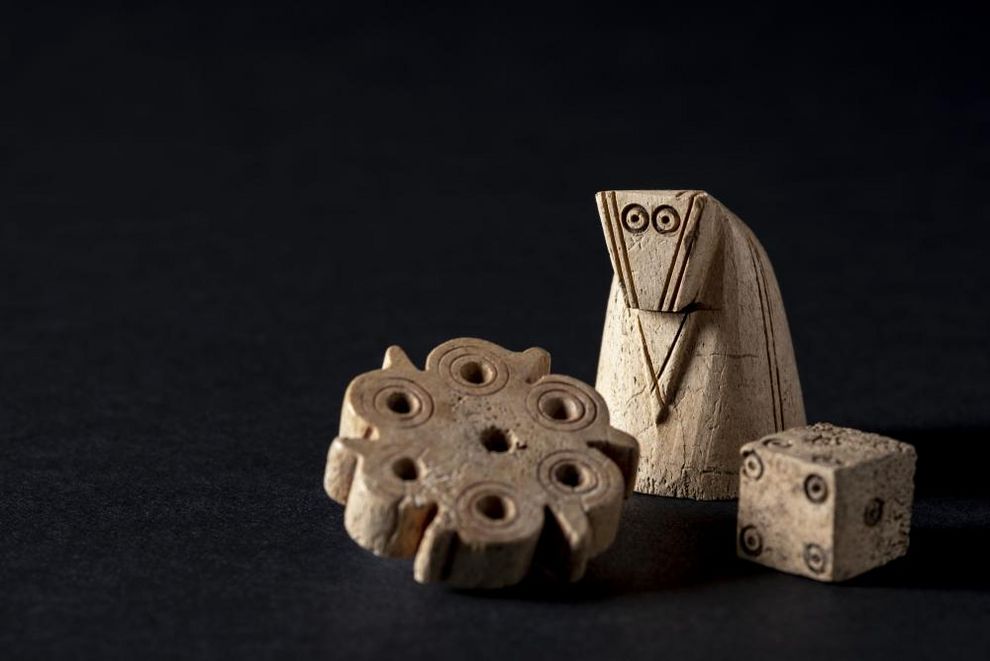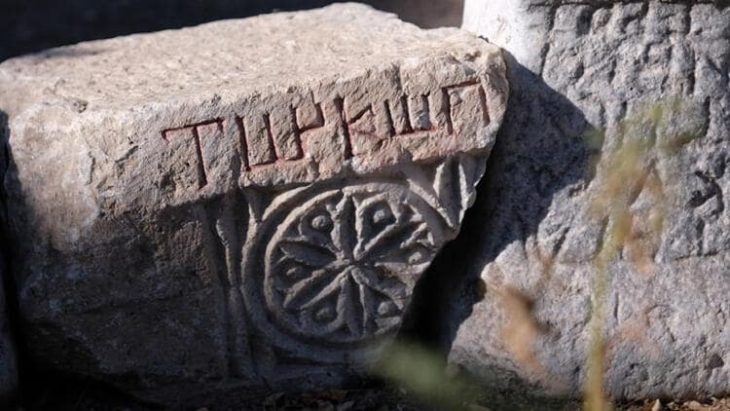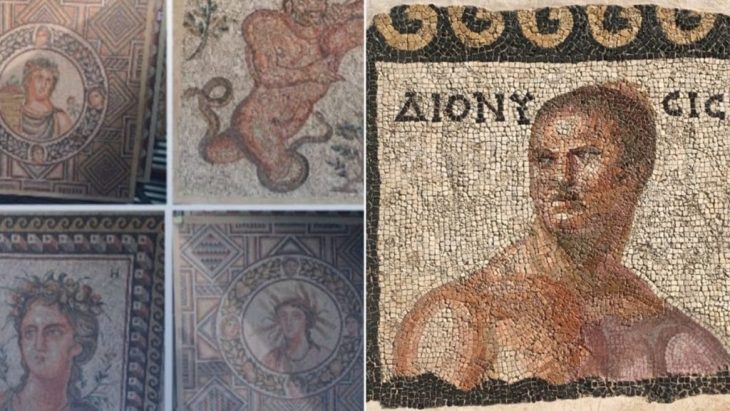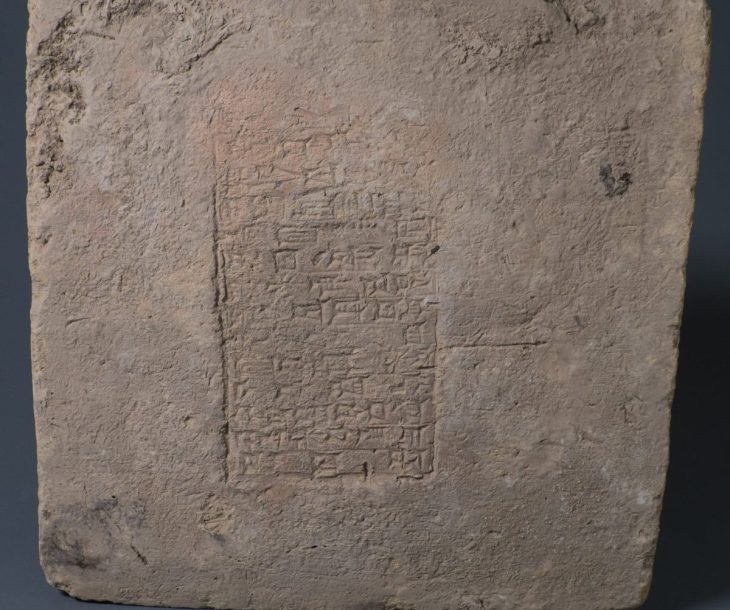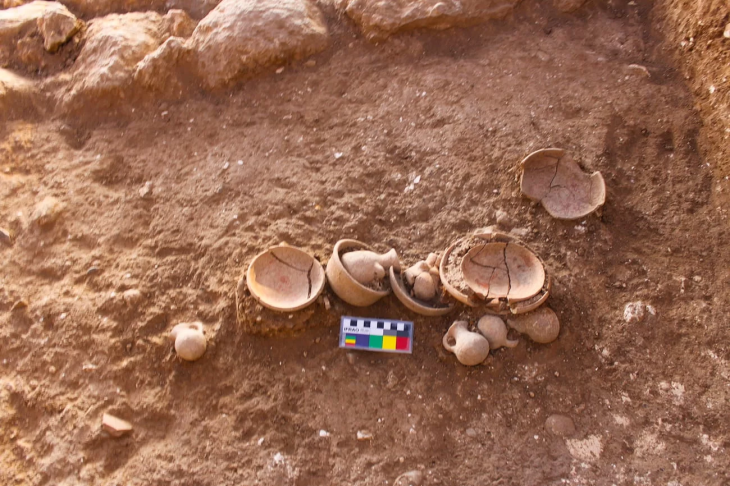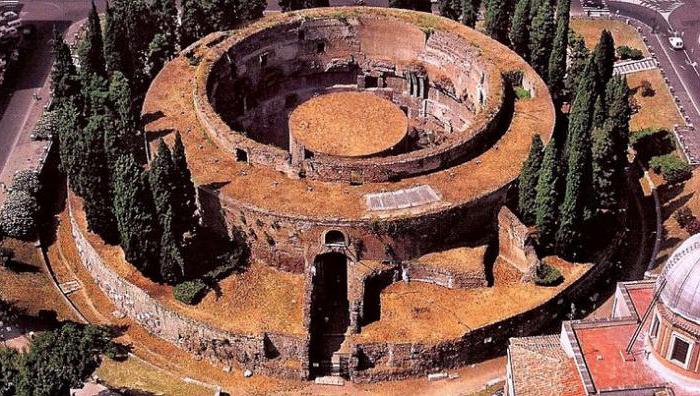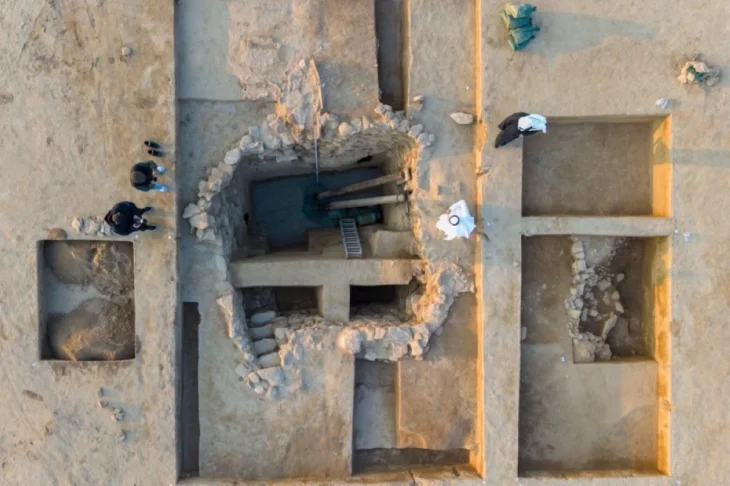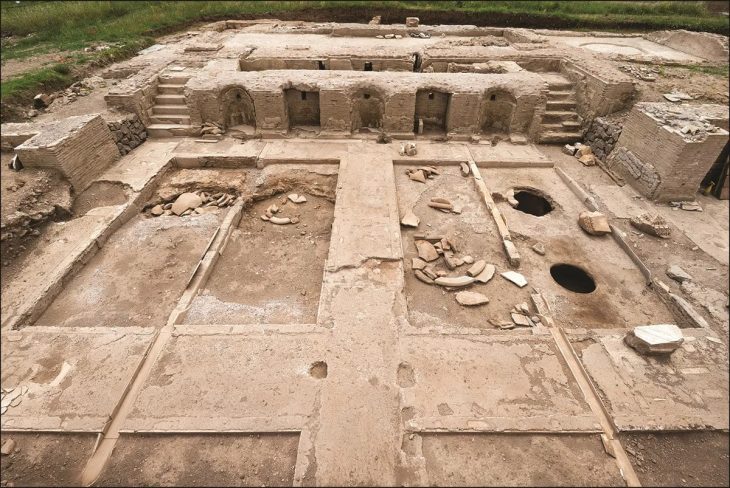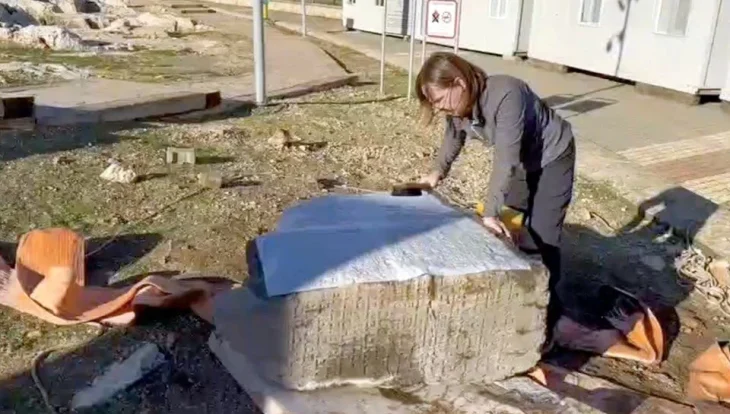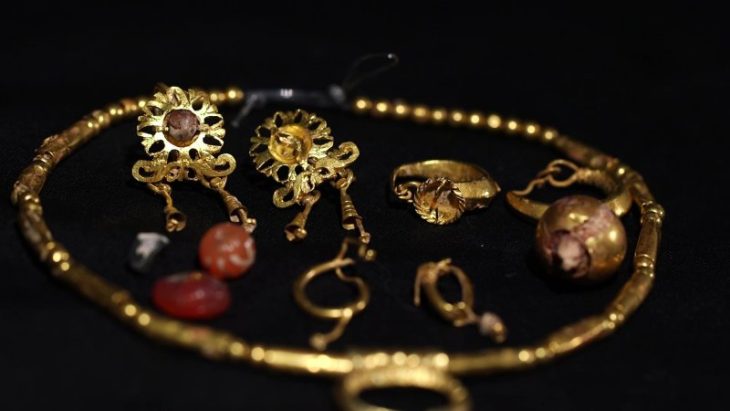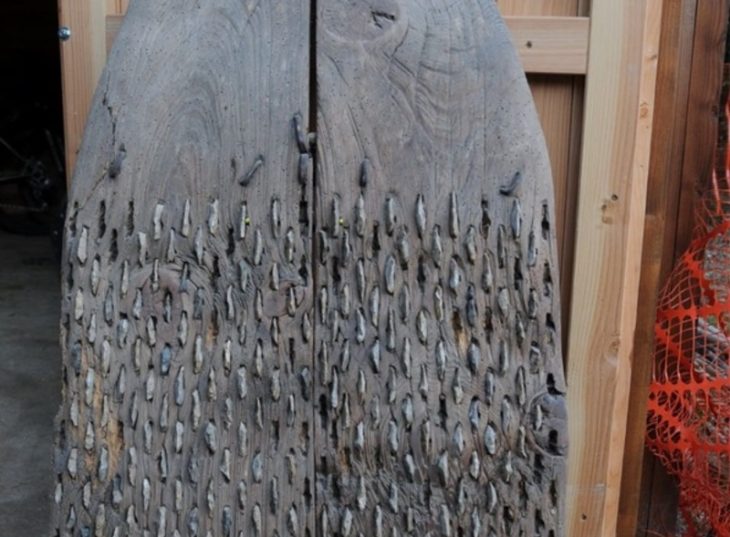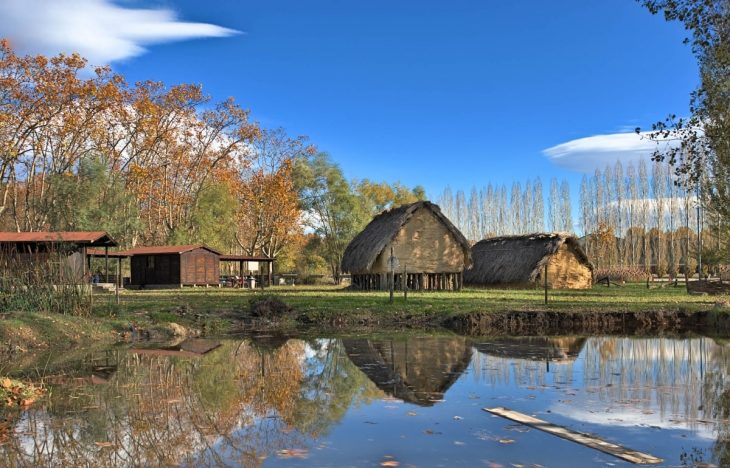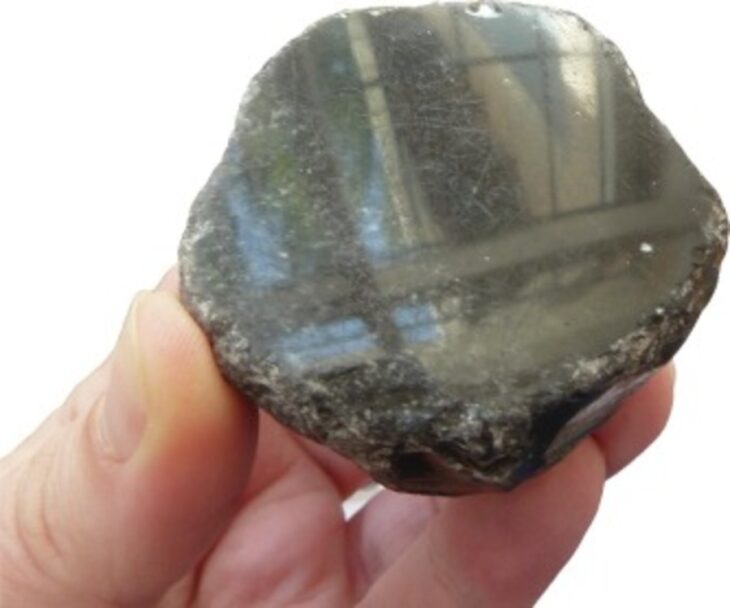Archaeologists found a collection of medieval game pieces at a forgotten castle in southern Germany. Among the discoveries are a well-preserved chessman, gaming pieces, and dice, dating from the 11th to 12th centuries AD.
Chess came to Europe over a millennium ago from the East. Chess pieces from the game’s early years are extremely uncommon, though.
An excellently preserved knight piece was discovered during archaeological excavations at a forgotten castle in southern Germany. The find is part of a unique games collection, which also includes other gaming pieces and dice.
This evidence of early gaming culture is currently being examined by an international team of experts from the German Archaeological Institute (DAI), the State Office for the Preservation of Monuments Baden-Württemberg (LAD), and the University of Tübingen. Laboratory analyses of color residues show that one of the parties played with red. Typical use wear traces indicate that the knight was lifted as it is today during a move, pointing to an astonishing continuity in the rules of the game.
Well-preserved archaeological finds of chess pieces and game pieces for other board games from before the 13th century are very rare in Central Europe.

“In the Middle Ages, chess was one of the seven skills that a good knight should master. It is therefore not surprising that known finds mostly come from castles,” explained Dr Jonathan Scheschkewitz (LAD). “The discovery of an entire games collection the 11th/12th century came as a complete surprise to us, and the horse-shaped knight piece is a real highlight,” said Dr Lukas Werther (DAI).
The discoveries were made at an unknown castle in the southern German state of Baden-Württemberg’s Reutlingen district during excavations for the German Research Foundation’s (DFG) special research area 1070 Resource Cultures and the LAD.
“They were lying under the debris of a wall where they were lost or hidden in the Middle Ages,” said Dr Michael Kienzle (University of Tübingen). The coverage contributed to the exceptionally well-preserved surfaces of the finds. “Under the microscope, a typical sheen from holding and moving the pieces can be seen,” explained Dr Flavia Venditti (University of Tübingen).
In addition to the chess piece, four flower-shaped game pieces were found, as well as a dice with six eyes. They were carved from antlers.
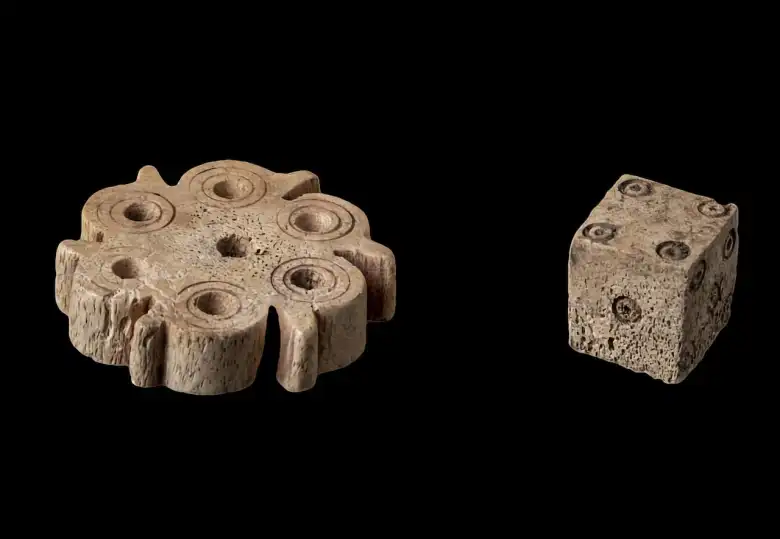
The eyes and mane of the 4 cm high horse figure are vividly shaped. This elaborate design is typical of particularly high-quality chess pieces from this period. The red paint residues found on the flower-shaped pieces are currently being chemically analyzed.
The researchers hope to learn more about the origins of European chess and the gaming world of the medieval nobility by closely examining the finds.
The findings will be presented to the public for the first time at the Great State Exhibition “THE hidden LÄND” (Stuttgart, starting September 13, 2024) and at the Special Exhibition “Unearthed! Knights and Castles in the Echaz Valley” (Pfullingen, starting June 15, 2024).
Cover Photo: Victor Brigola- University of Tübingen

